Activities To Consider While Rafting The Colorado River
Rafting the Colorado River through the Grand Canyon is more than just navigating thrilling rapids. It’s about immersing yourself in breathtaking sce...
Read MoreWith over 10 years of industry experience, we've assisted thousands of adventure seekers in finding the perfect Grand Canyon raft trip based on their preferences. With just one Phone Call or form submission, our complimentary services will provide real time availability from all 17 outfitters, assistance with trip logistics, and streamline the booking process.
Take the Advantage and START PLANNING YOUR TRIP!

Licensed Outfitters

Experienced Guides

Excellent Safety Record

Professional Standards

Responsible Practices

Recognized Excellence

Wilderness First Responder Certified

Fully Licensed & Insured

Licensed Outfitters

Experienced Guides

Excellent Safety Record

Professional Standards

Responsible Practices

Recognized Excellence

Wilderness First Responder Certified

Fully Licensed & Insured
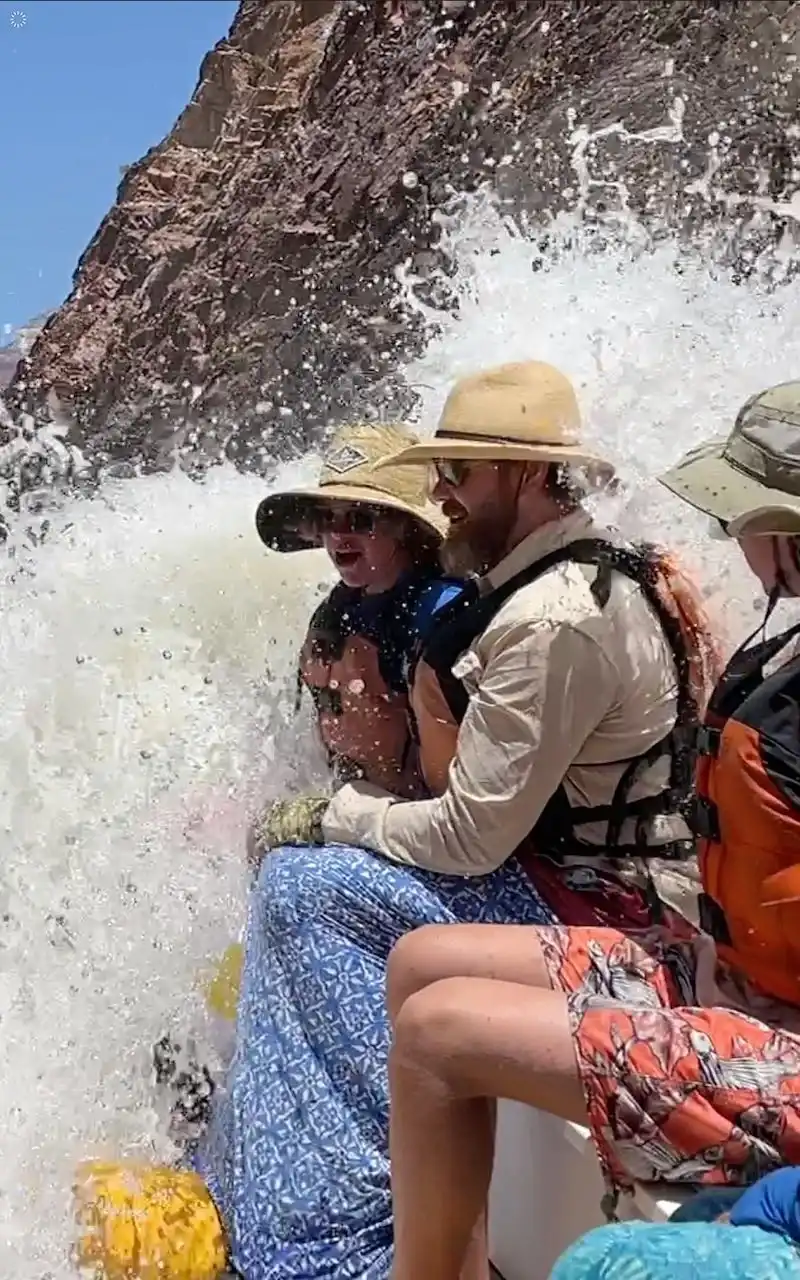
188 , 225 or 280 River Miles
No Required Strenuous Hike
*Most Popular Raft Trip
Starting at
$3,230/person
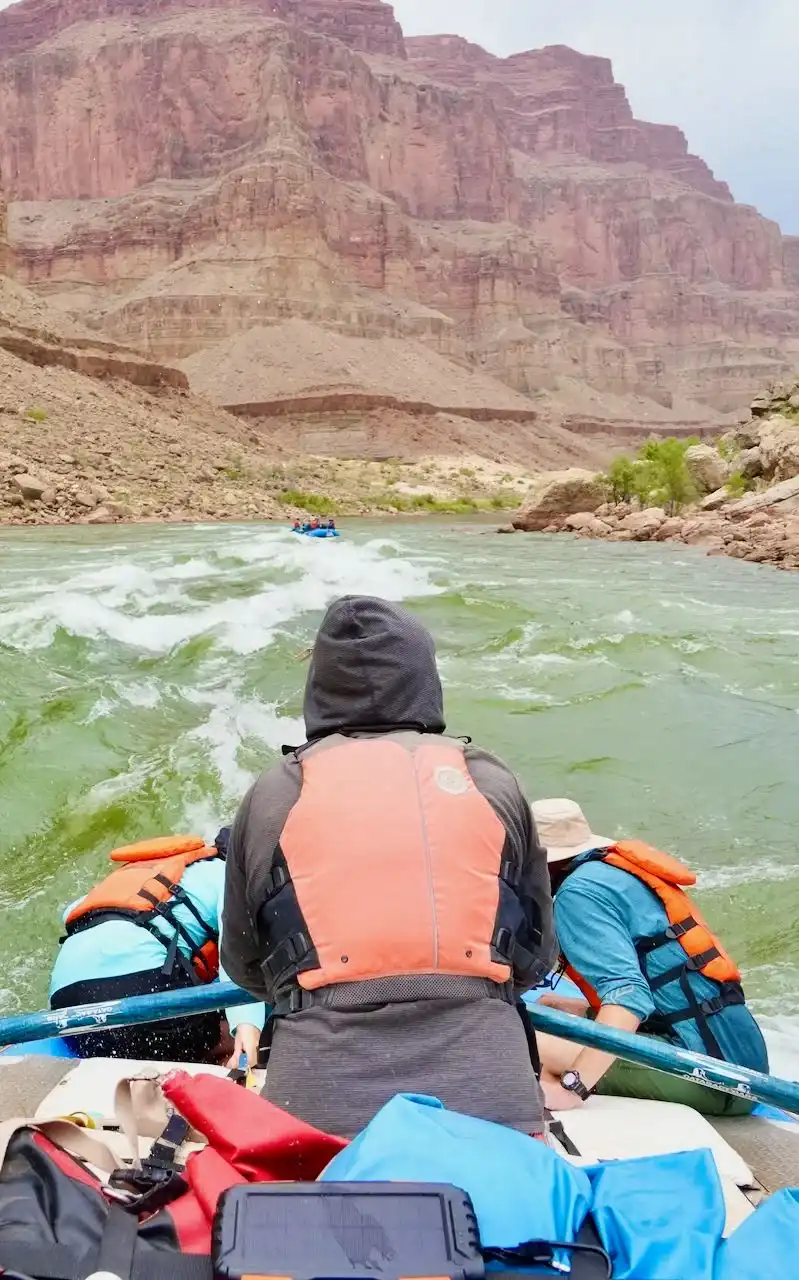
88 River Miles
7.5 Mile Hike Ascent
![]()
Starting at
$2,627/Person
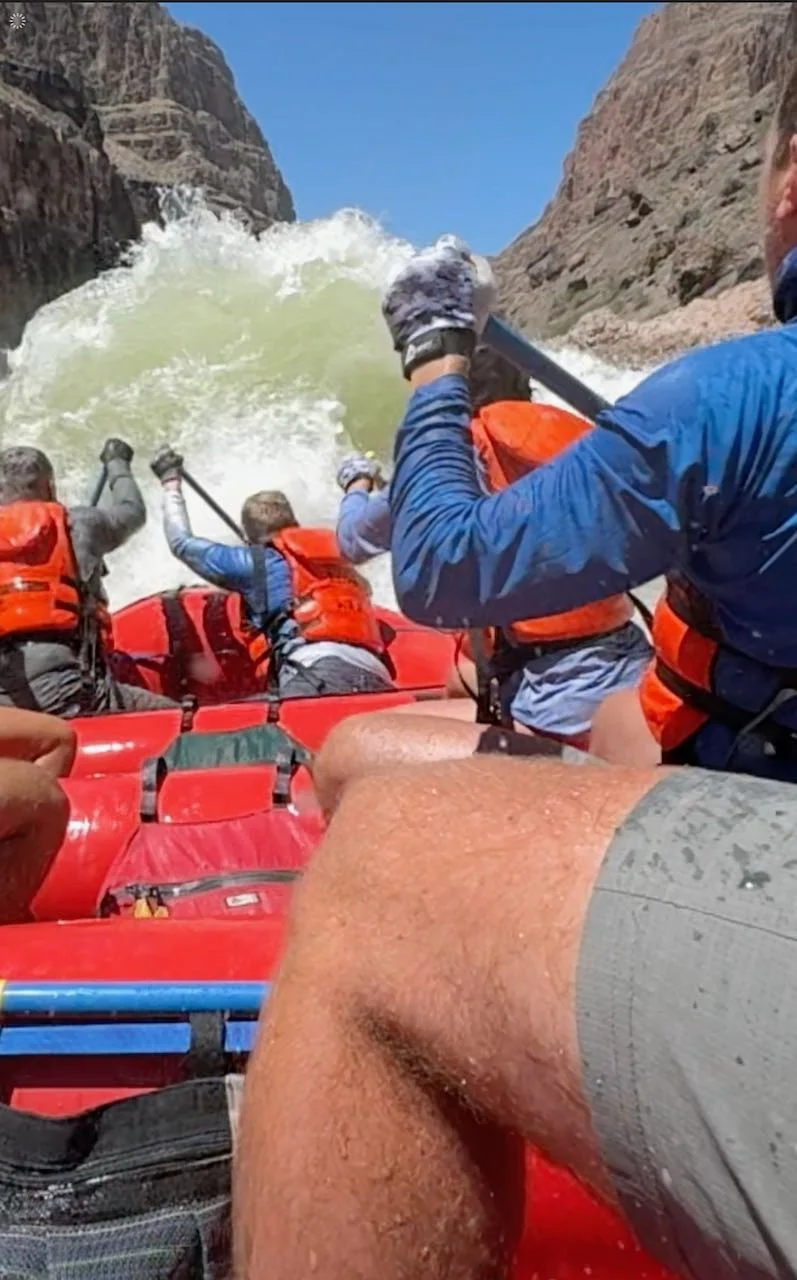
100, 136 or 192 River Miles
7.5 Mile Descent Hike
![]()
Starting at
$3,325 /Person
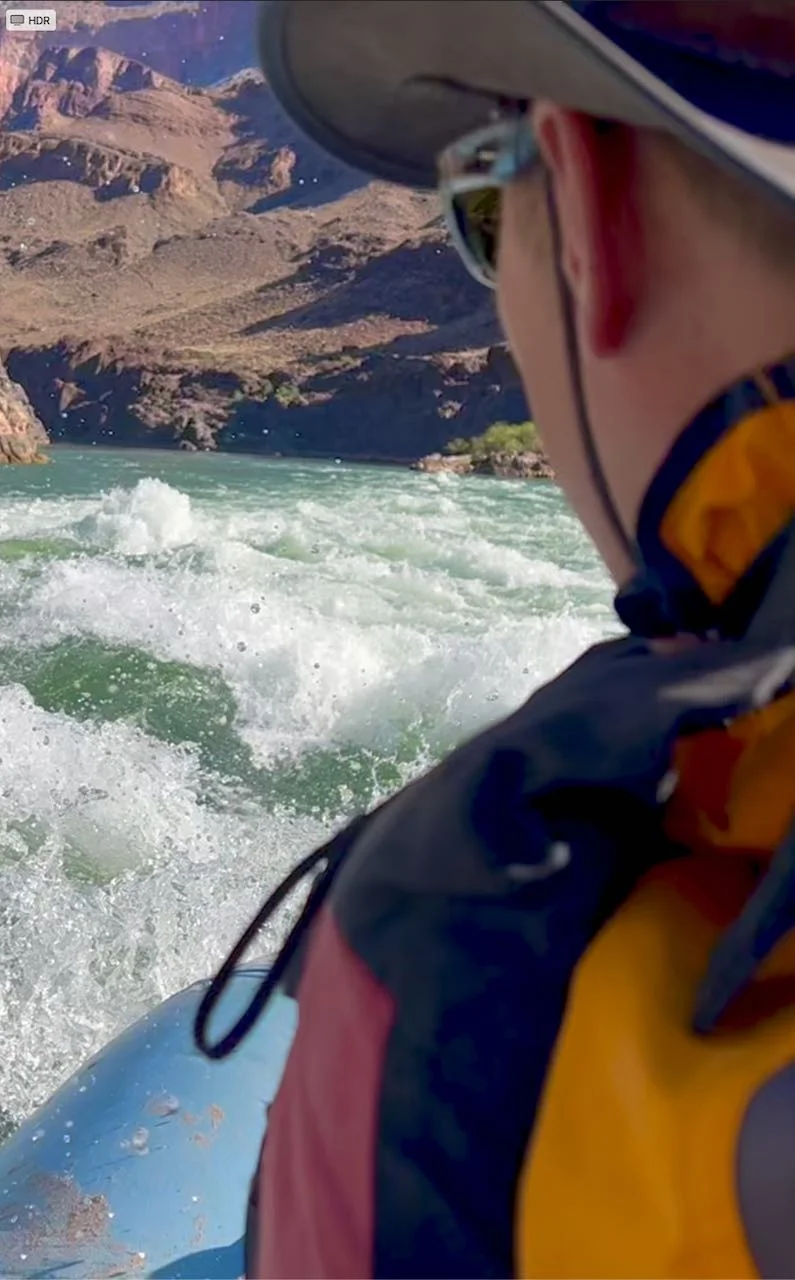
1 Day Motor Raft
2 Day Paddle Raft
Start/End: Pearce Ferry AZ
Starting at
$429/person
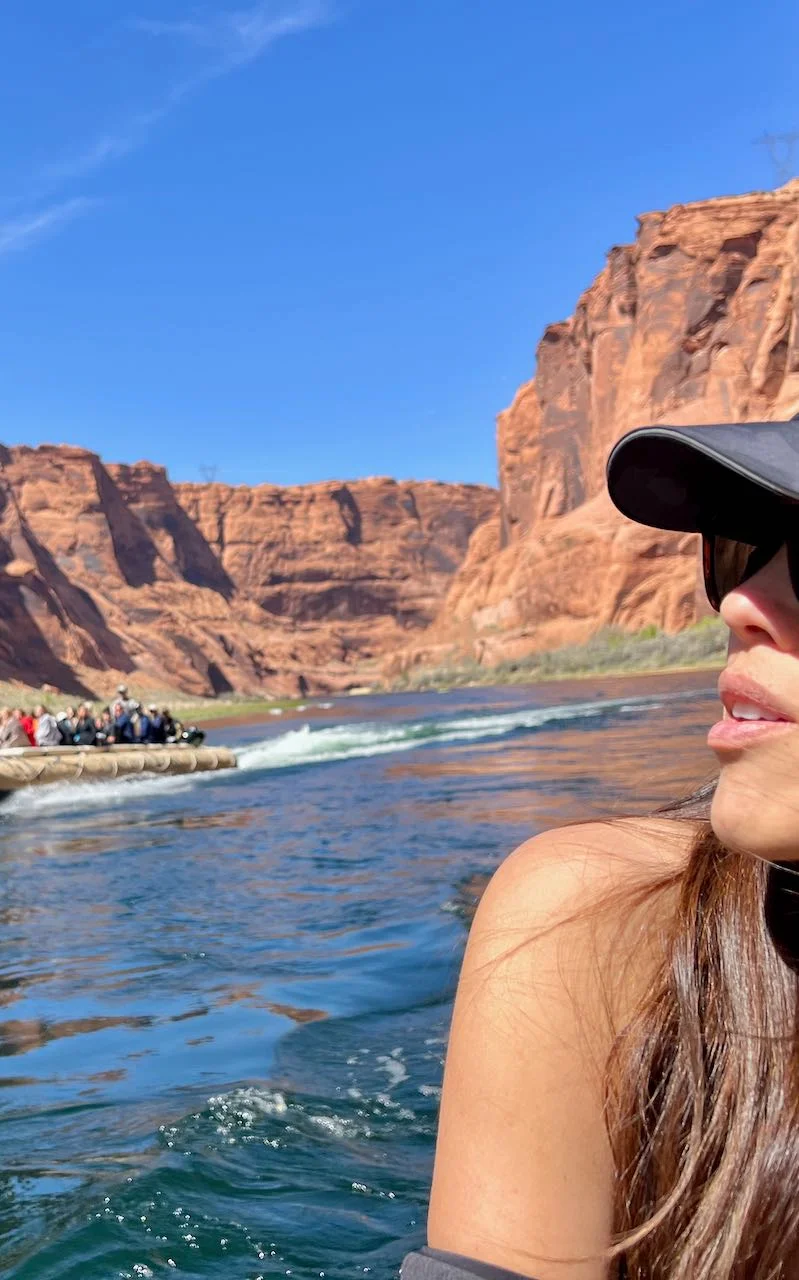
Motor Raft
Start/End: Page, AZ
Starting at
$112/person
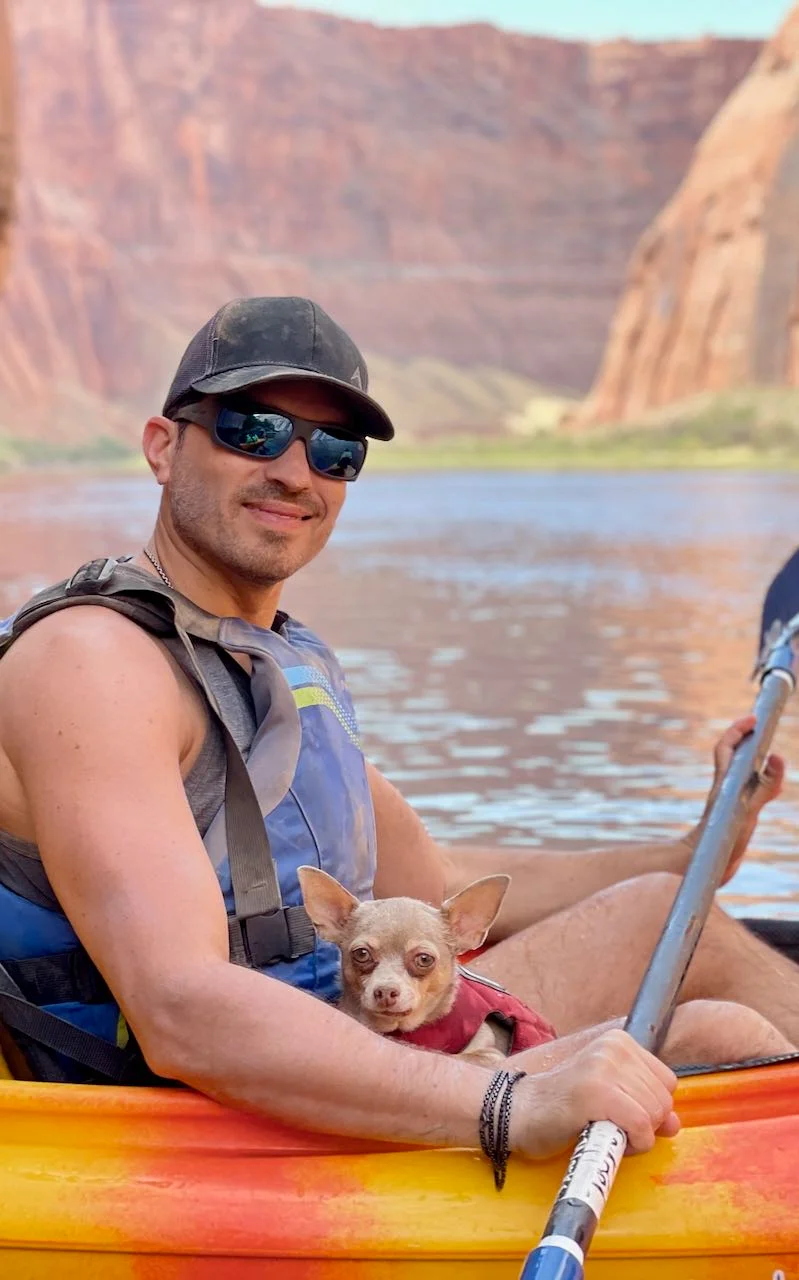
Kayak, Paddle, Canoe, SUP
Start/End: Marble Canyon, AZ
Starting at
$115/person
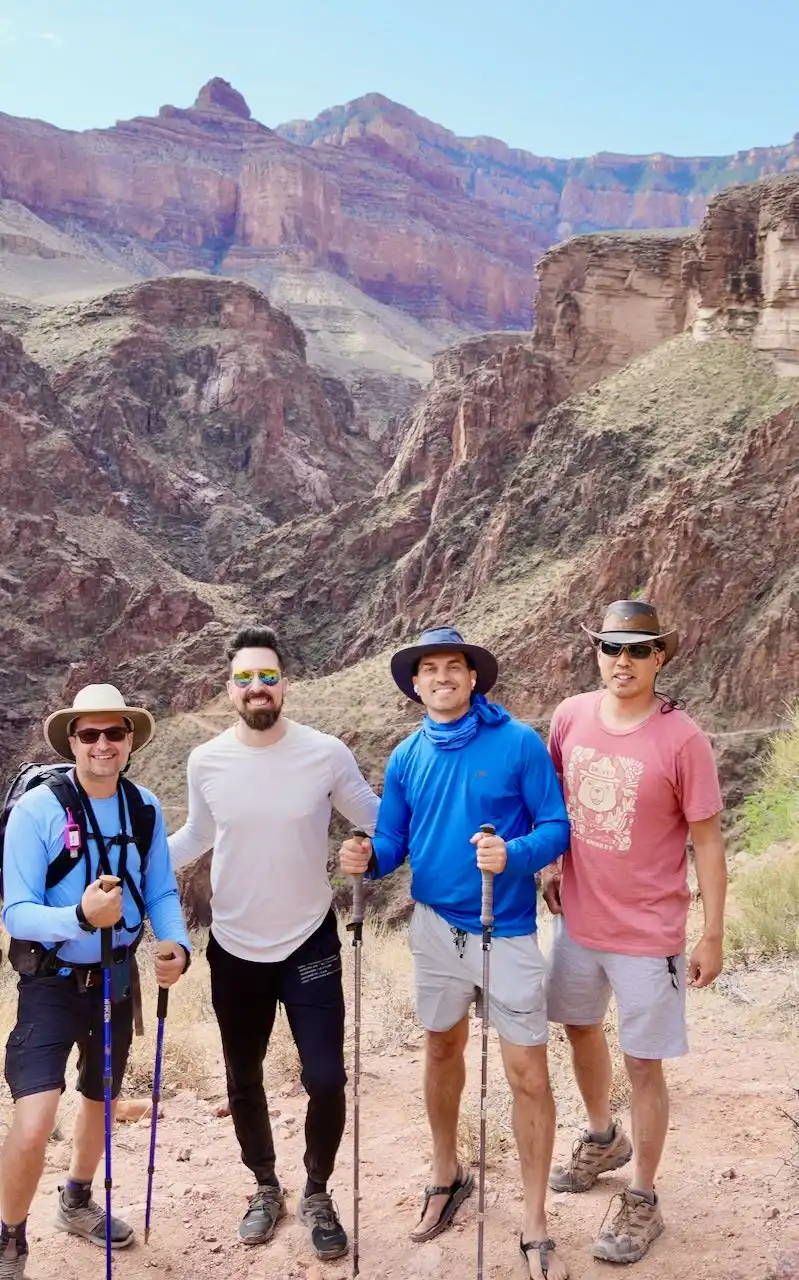
88 River Miles
7.5 Mile Hike Ascent
![]()
Starting at $1,834/Person
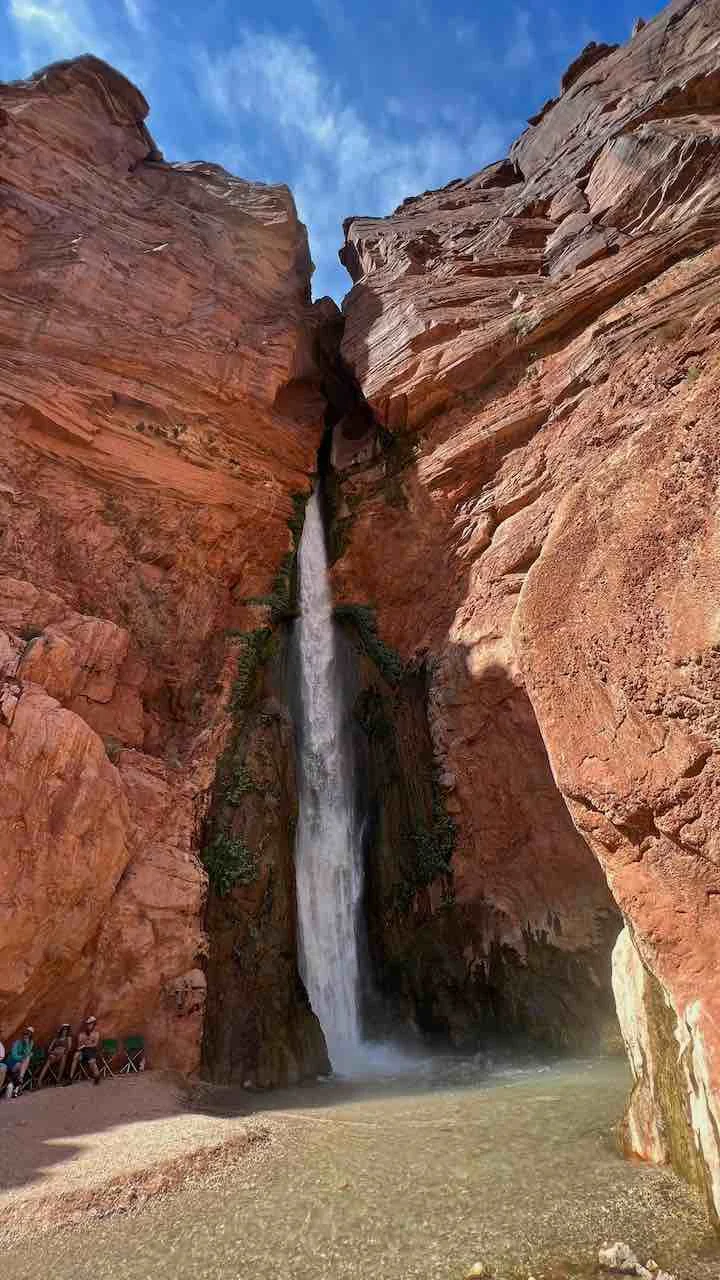
100-136 Miles
7.5 Mile Descent Hike
![]()
Starting at $2,225 /Person
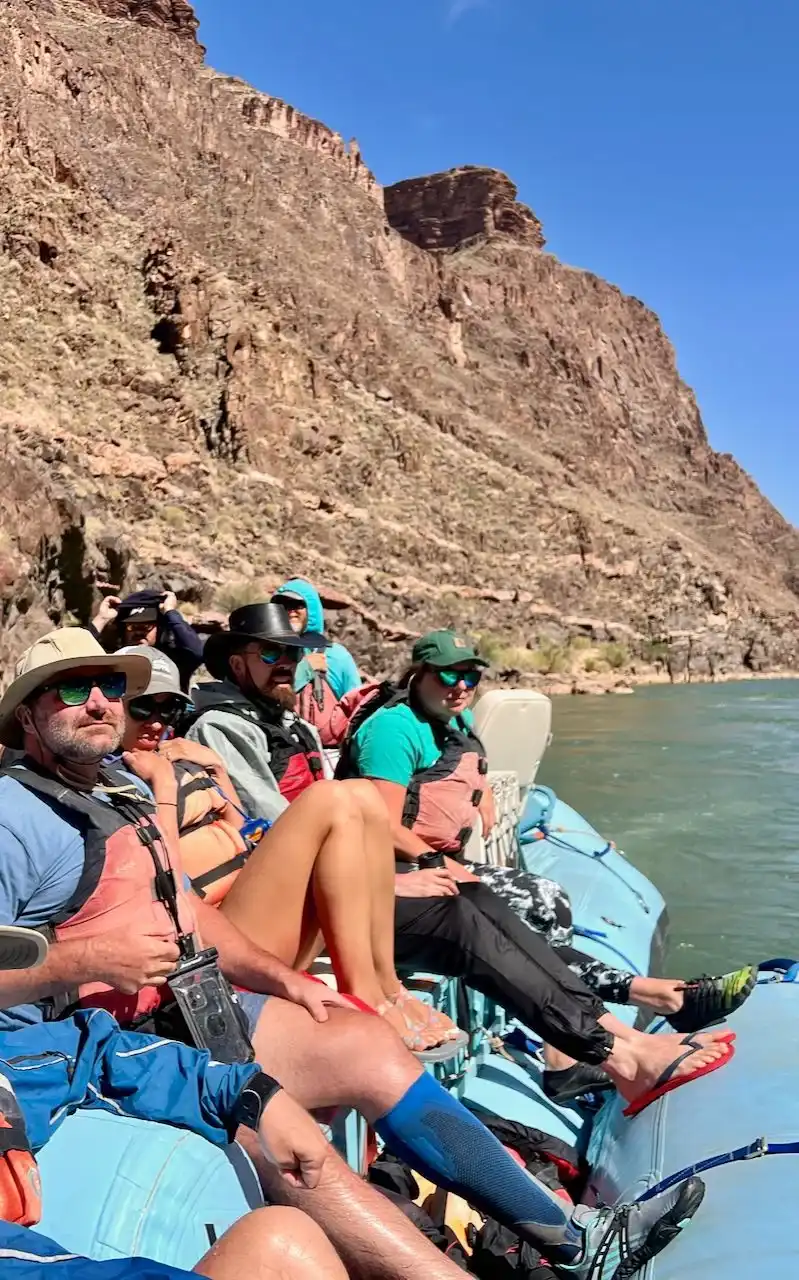
90 River Miles
No Required Hike
Helicopter into
Canyon

Starting at
$1,675/Person

188 , 225 or 280 River Miles
No Required Strenuous Hike
*Most Popular Raft Trip
Starting at $3,230/person

88 River Miles
7.5 Mile Hike Ascent
![]()
Starting at $2,627/Person

100, 136 or 192 River Miles
7.5 Mile Descent Hike
![]()
Starting at $3,325 /Person
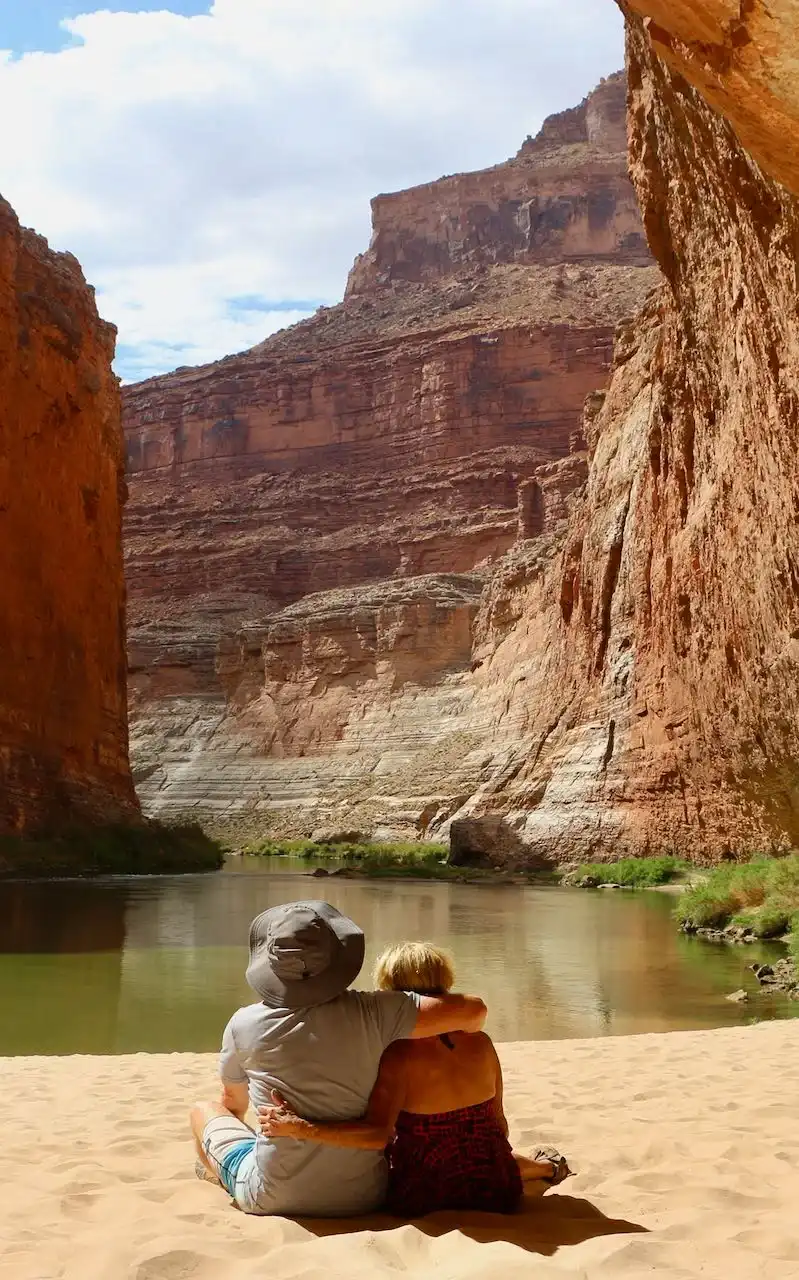
188 , 225 or 280 River Miles
No Required Strenuous Hike
Starting at $5,155 /person
Explore Your Grand Canyon Journey: Choose Your Route








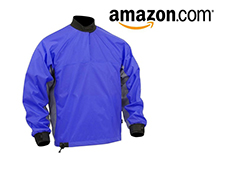
Check out our curated list of recommended items for your Grand Canyon raft trip on Amazon.

Short on time? Explore these exciting motorized, kayak or paddle raft trips!

Not sure where to begin? Learn what's important to know here.
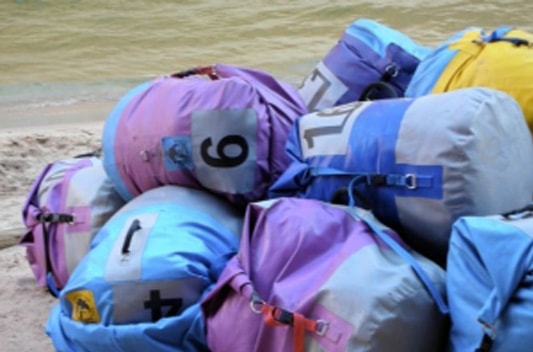
What Gear Is Provided?
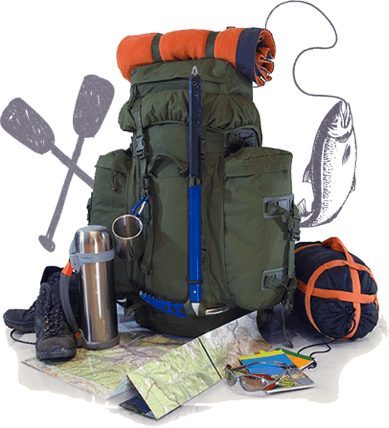
Here's our list of must-have items.
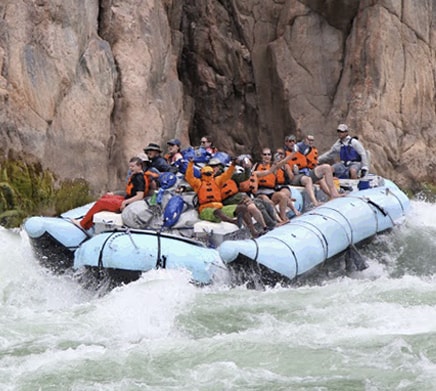
Should I take a motor or non-motor Grand canyon rafting trip

Check out our curated list of recommended items for your Grand Canyon raft trip on Amazon.

Short on time? Explore these exciting motorized, kayak or paddle raft trips!

Not sure where to begin? Learn what's important to know here.

What Gear Is Provided?

Here's our list of must-have items.

Should I take a motor or non-motor Grand canyon rafting trip
Let Us Help You Make It Happen!

Ask us anything. We’re here to help.
888-244-2224
We’ll get back to you with answers.
Contact UsHear what our past clients had to say
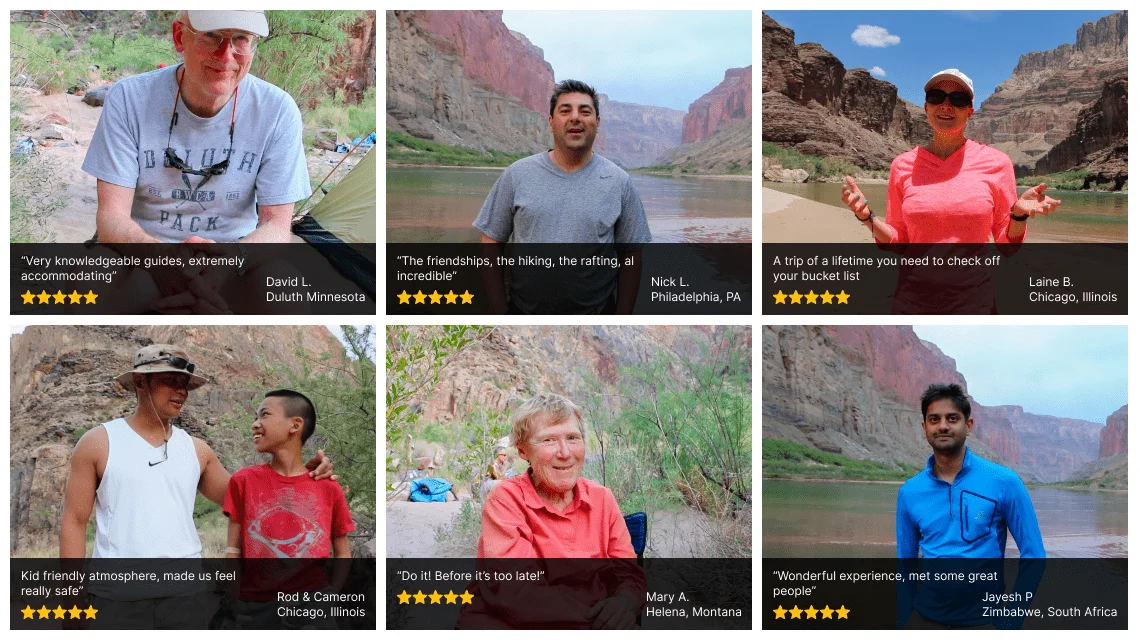







Temperatures during the day between 70-85 degrees and temperatures at night can be in the 50's. Ideal daytime temperatures for extended hikes however can be chilly early morning especially if rafting through a rapid first thing. Long-sleeve/underwear, proper rain gear, fleece and warm socks is a must for trips in April.

Temperatures during the day between 70-85 degrees and temperatures at night can be in the 50's. Ideal daytime temperatures for extended hikes however can be chilly early morning especially if rafting through a rapid first thing. Long-sleeve/underwear, proper rain gear, fleece and warm socks is a must for trips in April.

Daytime temperatures can vary between 80-95 degrees, and very comfortable sleeping temperatures between mid 50’s to mid 60’s. Again, a rapid first thing in the morning before the sun rises past the canyon walls, or cloudy periods after a rapid can make things rather chilly. Long-sleeve/underwear, proper rain gear, fleece and warm socks is recommended.

Temperatures begin rising and you can expect 90's to over 100 degrees. Humidity is low and this helps, but June offers the least amount of cloud coverage so this can'feel' as the hottest month even if the temperatures aren't as high as July and August. Sleeping temperatures can be between 70-80 degrees.

Daytime temperatures over 100 degrees, and nighttime temperatures between 75-80 degrees. By mid-July expect more cloud coverage and is the beginning of monsoon season where you can anticipate late afternoon thunderstorms (usually do not last very long) and clear skies by nightfall. The clouds and rainfall can offer relief from the high temperatures.

Temperatures still in the 100's during the day and you can still expect some relief and cooler temperatures from late afternoon thunderstorms. Monsoon season begins tailing off towards the end of August however you can still anticipate hot temperatures throughout. Sleeping temperatures between 70-80 degrees.

Things begin cooling down again with temperatures in the mid-90's during the day and 65-70 degrees at night. Occasional late season monsoon weather can call for some late afternoon thunderstorms early in September, but are rare.

Temperatures continue to cool as you can expect temperatures similar to April, with sleeping temperatures between 50-60 and daytime in the mid 80’s making for ideal hiking conditions. Expect cool mornings and be prepared with long-sleeve/underwear, proper rain gear, fleece and warm socks.
Absolutely not. We are priced exactly the same as the operators who are selling the exact same Grand Canyon rafting trip. We are a free service to you and get paid a fee from the outfitters for referrals. We do the leg work and contact every outfitter on your behalf. Allow us to assist you in finding the right trip based on your needs.
The rafting season is from April - October and each month has its’ own beauty. Spring and Fall trips feature more mild temperatures and cooler, more comfortable sleeping conditions. June through August trips are the more popular months and often reach temperatures between 100-115 degrees during the day. The monsoon season begins on June 15 and ends on September 30, but the storms peak between mid-July and mid-August. During this time, you can anticipate occasional showers periodically. These showers often come and go and are refreshing given the high temperatures. If you’re looking for a Grand Canyon raft trip with extended hiking grand canyon, outfitters offer these in spring and fall as the cooler temperatures allow for longer hikes.
While on the river, there are plenty of pit-stop opportunities, and disposable systems should you have to go #2 when not at camp. Just ask your guide and they will accommodate! There are even ways to pee into the river while on raft, privately! When docked at camp, a toilet facility also known as the "Groover" is always available. There is a hand wash station with an "OCCUPIED" sign leading down a path to the toilet. The restroom will have a toilet seat just like what you have at home, and is much more comfortable than a port-a-potty. It will be hidden away from the view of others as placement is carefully decided on by the trip leader (proximity to the kitchen - downwind and not too close to the river) and often will feature a gorgeous view of the Colorado river.
You’ll be happy to know that 70% of our guests have no previous river rafting experience, let alone never have spent a night sleeping outdoors so the answer is no, no previous experience is necessary for most Colorado river trips in the Grand Canyon. The only exception (by a couple of outfitters strong recommendation) would be a lower canyon all-paddle trip as the first couple of rapids are among the largest of the river, and there is very little time to get comfortable in the raft prior to these rapids. An open mind, a positive outlook will ensure you’ll make wonderful memories that will last a lifetime on your Grand Canyon Rafting Trip.
There are 16 commercial outfitters that offer Grand Canyon rafting adventures, and they are all unique in their own way. To begin, all must keep excellent safety records and history per national park regulations. All employ very experienced guides (trained in first aid) with thousands of river miles spent rafting Grand Canyon as well as other rivers in the world. In addition, you can expect high quality rafts/gear and everything you need to ensure an amazing rafting experience. What varies is their individual itineraries: Where trips begin or end, how many river miles they travel, how many days and the raft type. Some commercial outfitters will offer sleeping cots, while others a self-inflating sleeping pad. Some will offer camp chairs, even pillows and even a way to charge you camera battery. Some focus only on non-motor trips, while others offer motor as well as non-motor. These are some of the main differences between one outfitter to the next and I recommend calling us to discuss in further detail. Our Grand Canyon River Rafting experts will match you with the outfitter/trip the best fits your needs.
Expertly Guided, Uniquely Yours

As experts in Grand Canyon rafting, we provide a complimentary service in finding, booking, and coordinating your raft trip based on YOUR needs and preferences.

We Are Specialists. Grand Canyon rafting is all we do! We've done it in every raft, down every route, and in every season

We'll explain why one outfitter's Grand Canyon rafting trip may be better than another's based on your requirements and expectations.

We have booked thousands of passengers on trips with all 15 commercial rafting companies, and it's always at no cost to you. We're supported by our outfitters.

Access to all river trips from all outfitters all in one place. View them all now on our TripFinder - the search engine for all outfitters or let us provide you with customized trip options.

As experts in Grand Canyon rafting, we provide a complimentary service in finding, booking, and coordinating your raft trip based on YOUR needs and preferences.

We Are Specialists. Grand Canyon rafting is all we do! We've done it in every raft, down every route, and in every season

We'll explain why one outfitter's Grand Canyon rafting trip may be better than another's based on your requirements and expectations.

We have booked thousands of passengers on trips with all 15 commercial rafting companies, and it's always at no cost to you. We're supported by our outfitters.

Access to all river trips from all outfitters all in one place. View them all now on our TripFinder - the search engine for all outfitters or let us provide you with customized trip options.
Thrill, Splash, and Conquer the Waters – Your Ultimate Rafting Experience Awaits
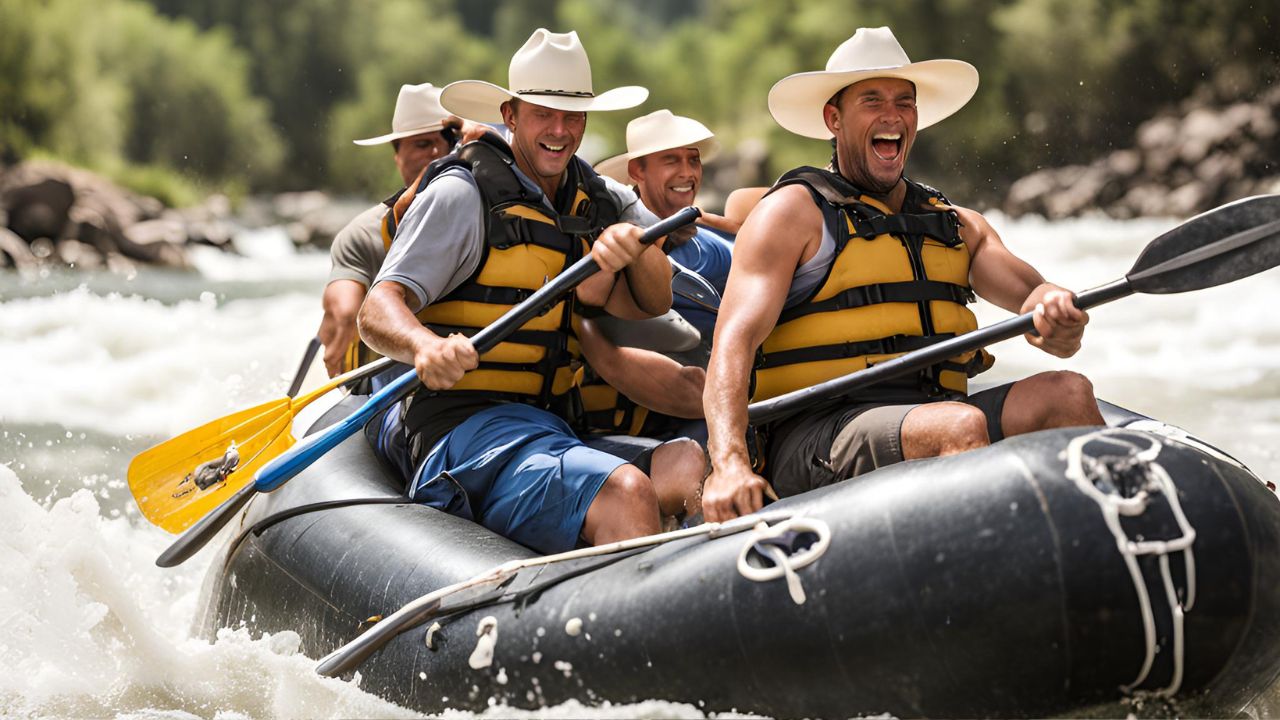
Rafting the Colorado River through the Grand Canyon is more than just navigating thrilling rapids. It’s about immersing yourself in breathtaking sce...
Read More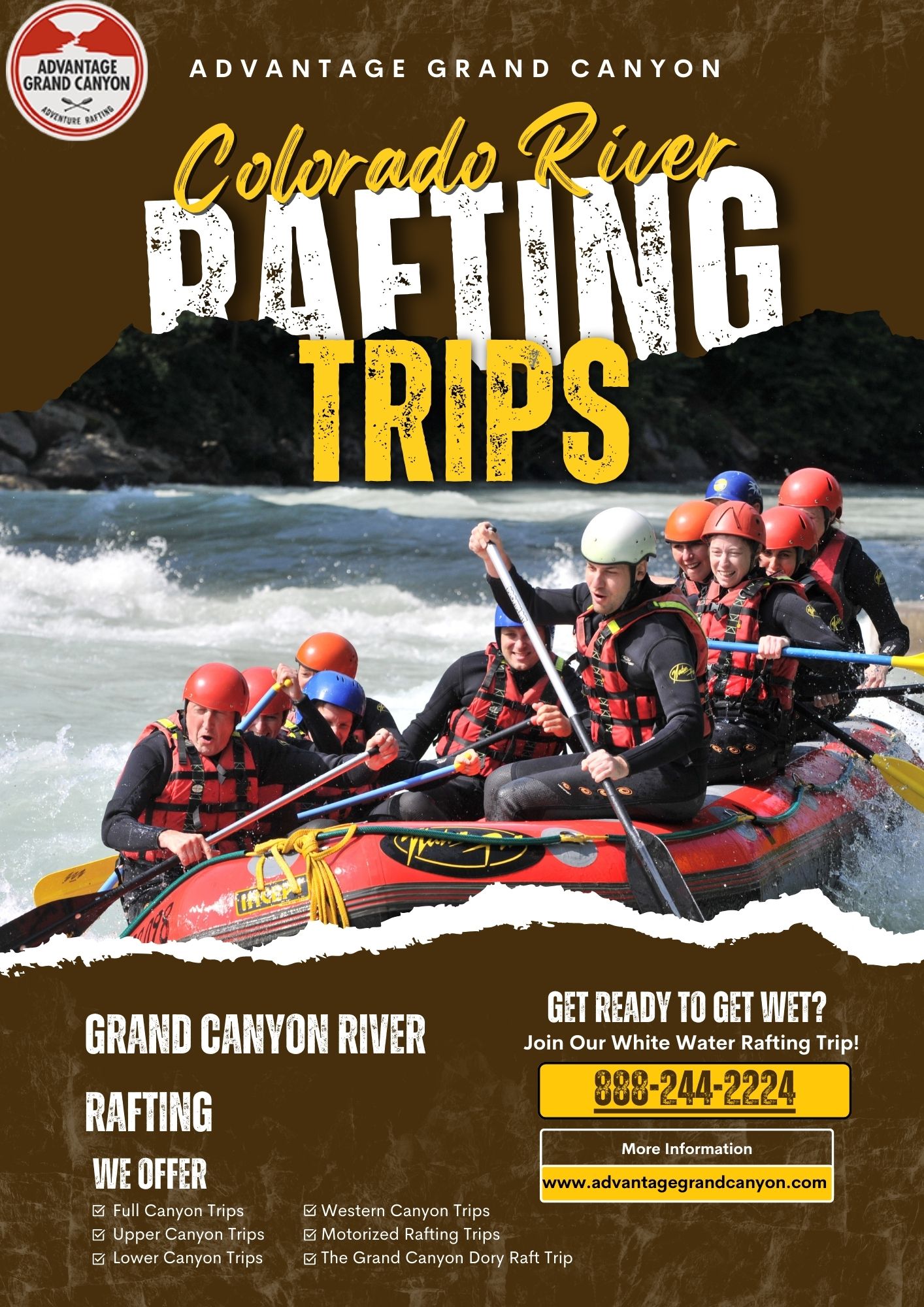
Embark on an unforgettable journey through one of the world's most iconic natural wonders with Advantage Grand Canyon. As the premier central reservat...
Read More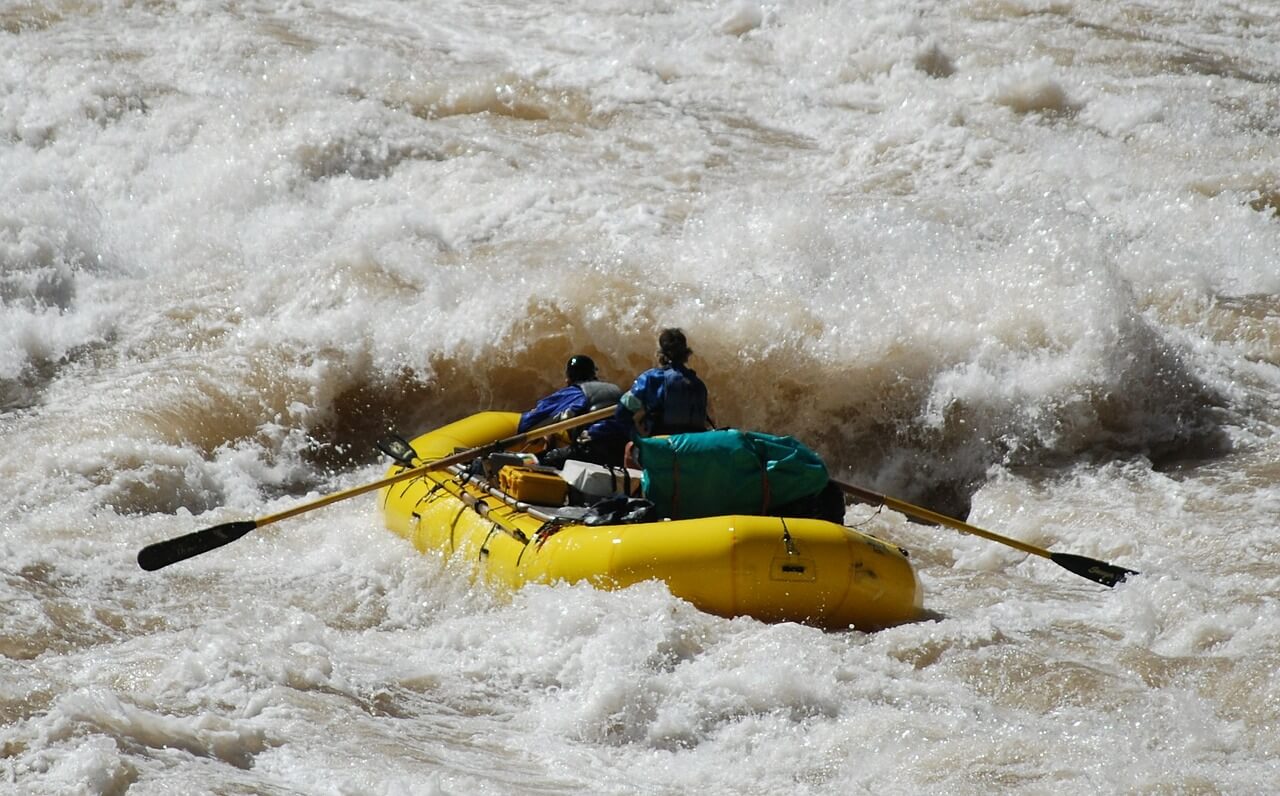
Embark on an unforgettable journey through one of the world's most iconic natural wonders with Advantage Grand Canyon. As the premier central reservat...
Read More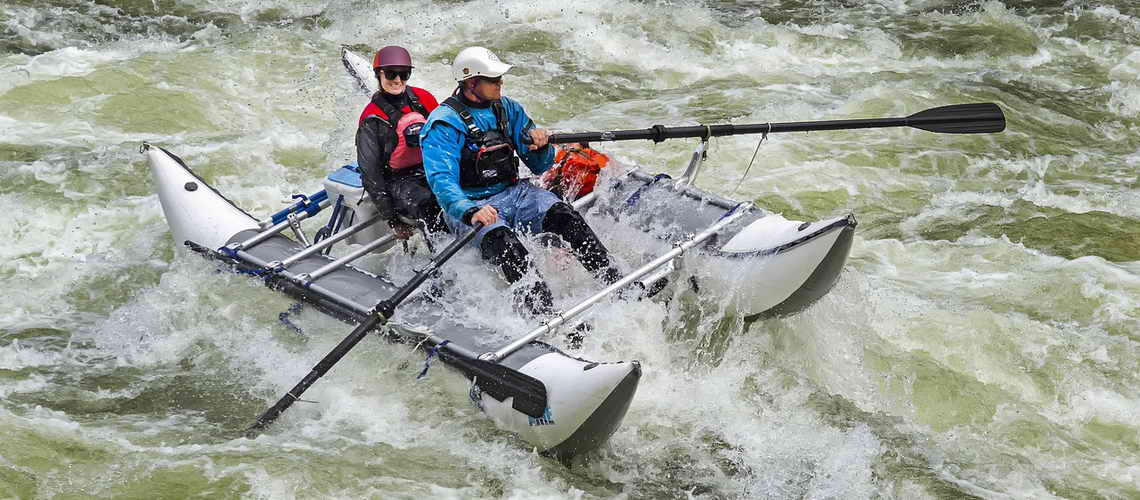
Private charters offer a unique and personalized way to experience the Grand Canyon, allowing you and your group to enjoy a one-of-a-kind
Read More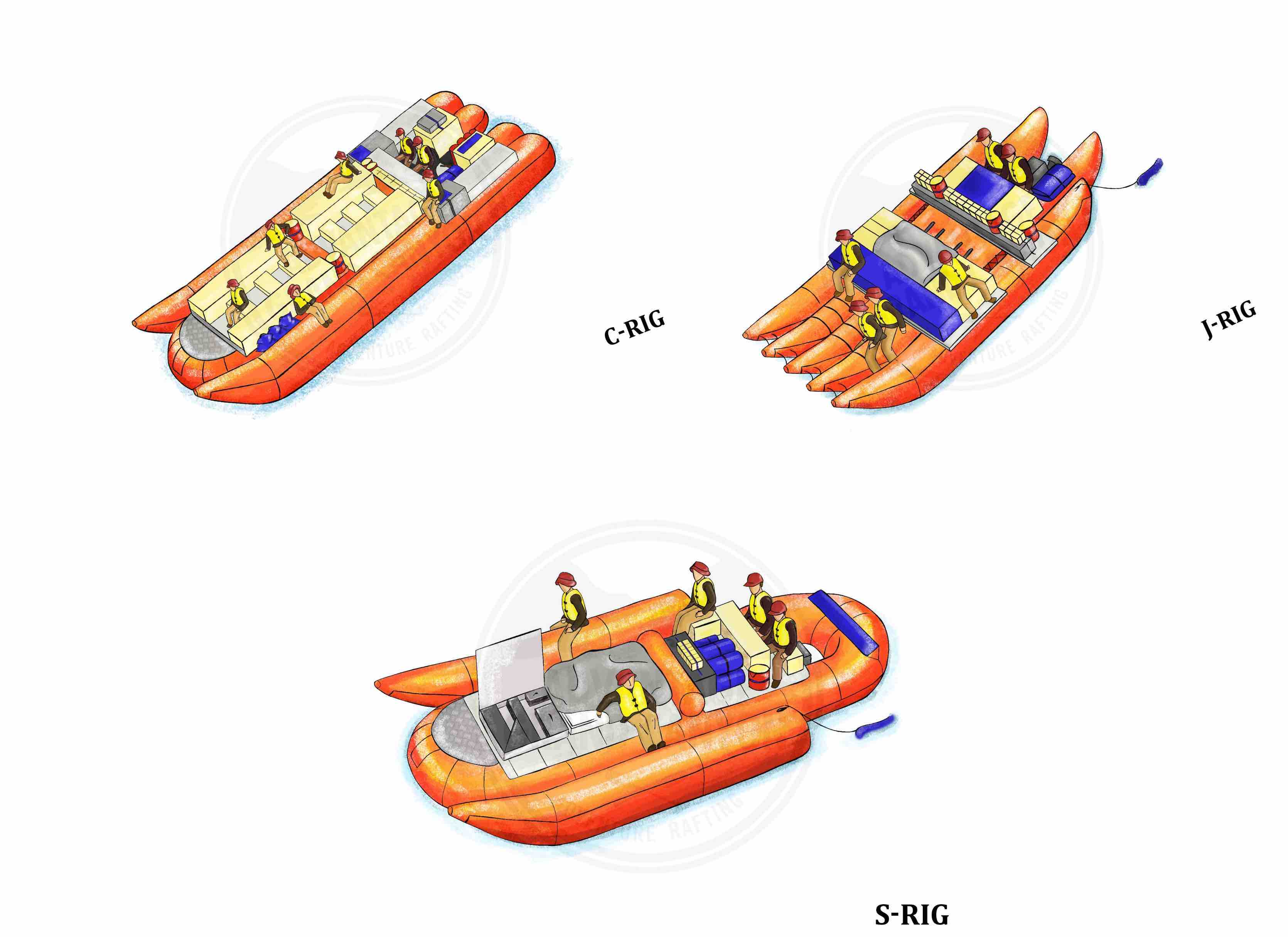
Discover the three motorized raft types—J-Rig, S-Rig, and C-Rig—offered by Grand Canyon rafting outfitters. Learn which one suits your adventure s...
Read More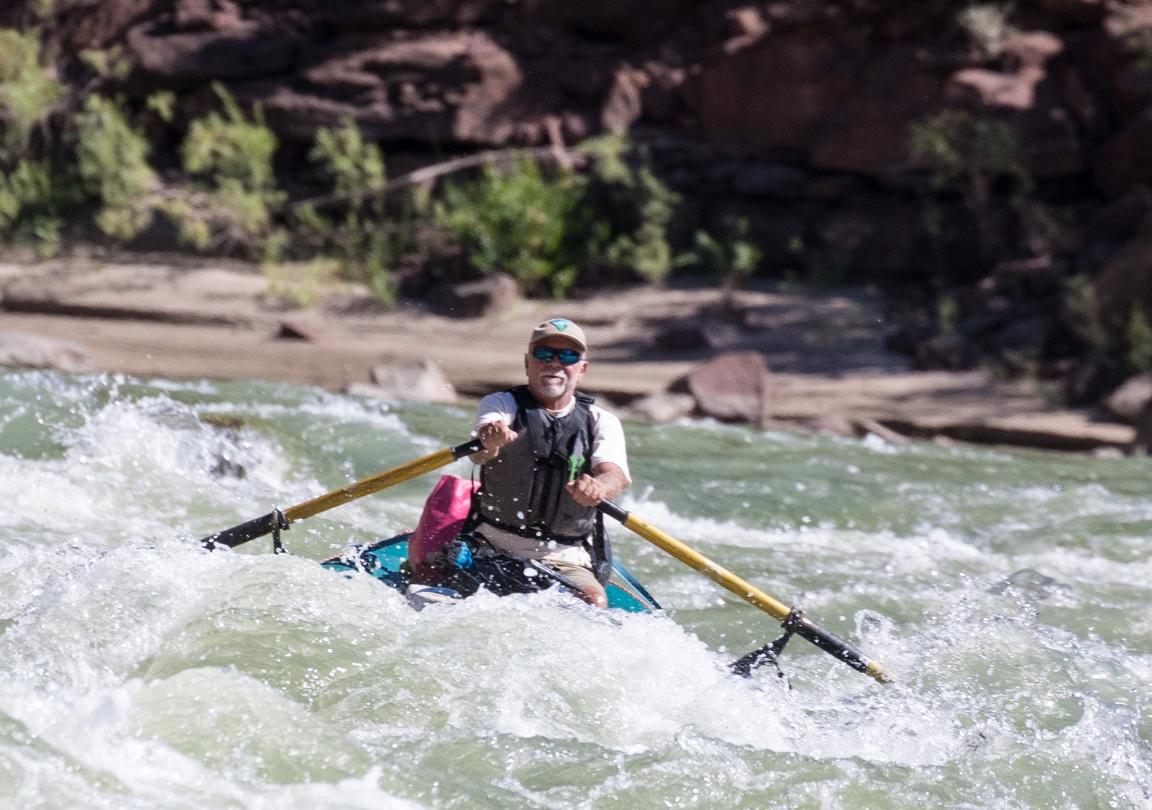
Take your whitewater skills to the next level with these 7 advanced rafting moves! Perfect for seasoned adventurers, this guide covers essential techn...
Read More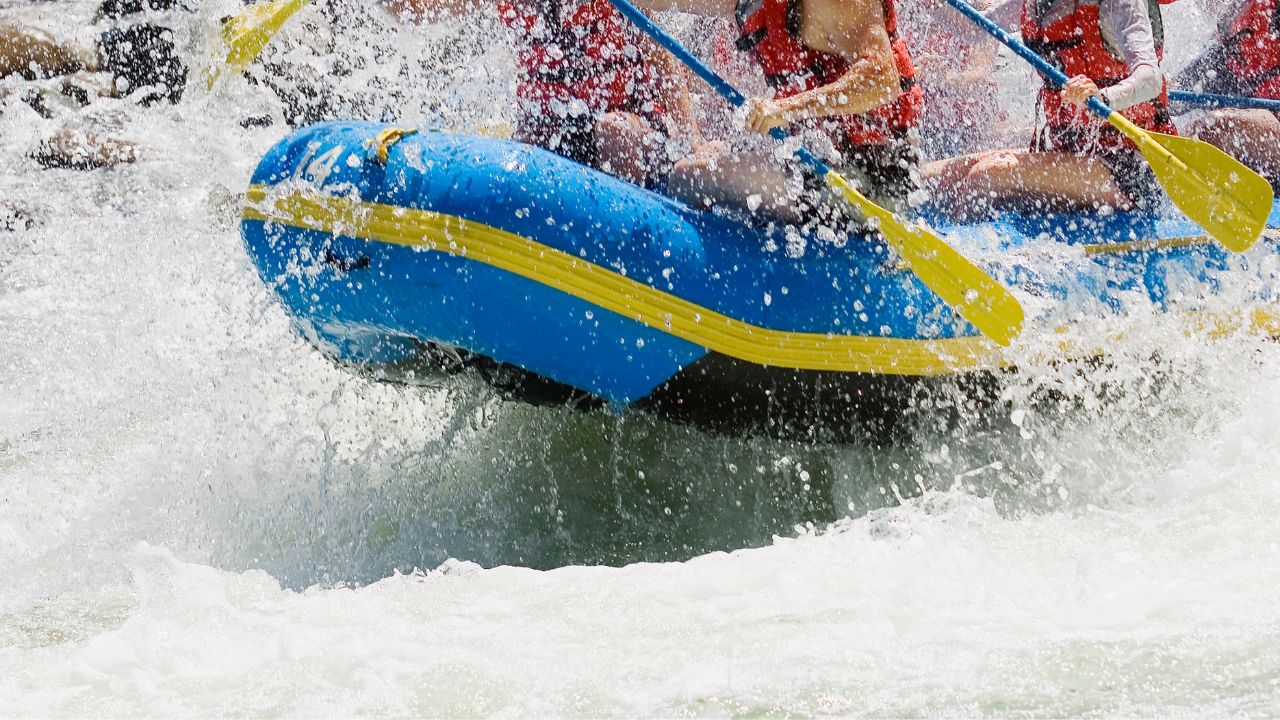
The International Scale of River Difficulty (ISRD) rates Class I through VI rapids. Class III rapids are suitable for intermediates with some experien...
Read MoreSign up to get updates on our latest News
